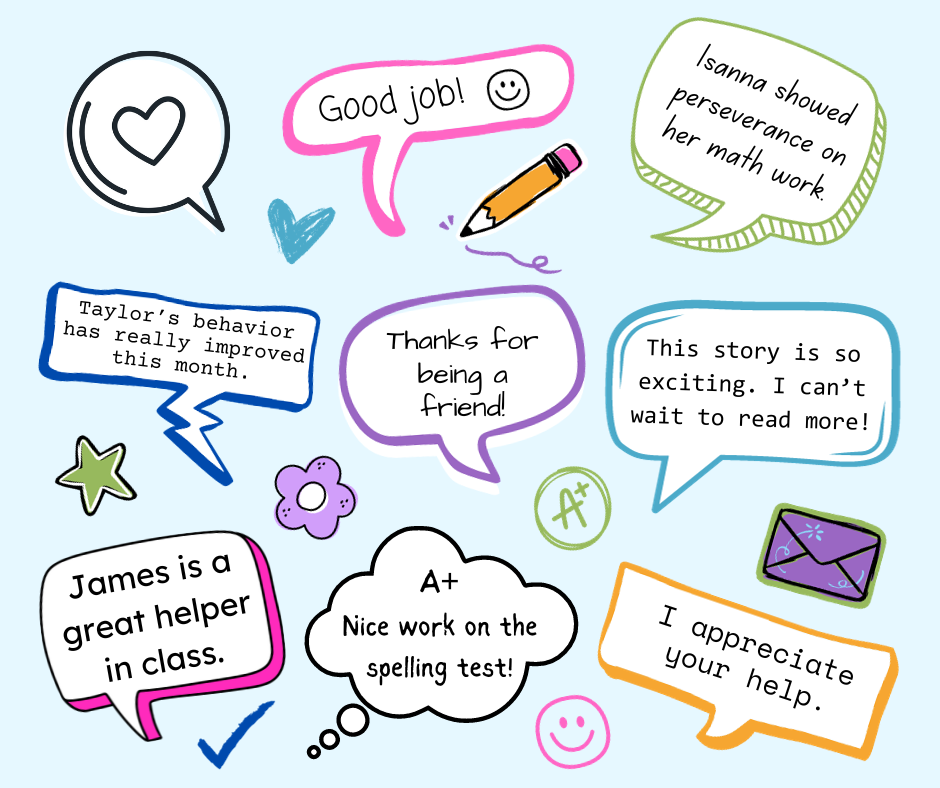
Schools Can Help Defend Against Childhood Obesity
Recently the Centers for Disease Control and Prevention (CDC) released the results of their 2017 study on adult obesity. According to the study, seven states reported an adult obesity prevalence at or above 35%. In the previous year’s study, five states reported at or above 35% adult obesity.
The numbers are ever-increasing. Only five years ago, no states reported an adult obesity rate over 35%. The statistics are alarming, and the CDC stresses the importance of teaching children healthy habits to avoid obesity as adults. Based on the results of their study, the CDC says,
Children with obesity are more likely to become adults with obesity. Turning the tide on obesity will take a comprehensive effort by all parts of society… To protect the health of the next generation, support for healthy behaviors such as healthy eating, better sleep, stress management, and physical activity should start early and expand to reach Americans across the lifespan in the communities where they live, learn, work, and play.
TWO-MINUTE ACTIVITY BREAKS
A recent experiment conducted by the University of Michigan explored the impacts of activity breaks on school children and whether several two-minute breaks throughout the school day could make a dent in the prevalence of childhood obesity.
Most children do not have P.E. class every day. So, activity breaks can help students meet the 60-minute minimum of physical activity recommended by the CDC, 30 minutes of which should be completed during the school day.
If students don’t have PE, they may have recess. Often, recess may not be long enough to fulfill the 30-minute recommendation. To help make up for that missing time, researchers proposed incorporating two-minute activity breaks every hour during the school day.These activity breaks would provide an extra 16 minutes of activity during an eight-hour school day.
The results were positive. Children burned an additional 150 calories a day and did not feel the need to eat more because of the increased activity. Mood was also affected. Students felt more positive about schoolwork and classroom activities.
DO ACTIVITY BREAKS CAUSE DISRUPTION?
Before the study, several teachers expressed concern that introducing activity breaks would make students rowdier and disrupt the flow of the school day, making it more difficult to teach the required academic subjects. However, the teachers’ fears were quickly calmed.
99% of kids were back on task within 30 seconds of doing activity breaks,” says lead investigator Rebecca Hasson, an associate professor of kinesiology and nutritional sciences. “We even had one teacher who did an activity break in the middle of a math exam—she realized the benefit of getting them up and moving.
SCHOOL RESPONSIBILITY
With the rapidly increasing rates of adult obesity, many organizations are looking to improve the health of future generations by encouraging active lifestyles and teaching healthy habits to children. By combating obesity in children, we can also combat obesity in adults. Not only will children grow up healthier, but perhaps they will also teach their healthy habits to adult family members.
As the CDC notes, schools and educational facilities can play a key role in educating children and helping them stay active and healthy.
If you’d like to learn more about how your school can help children stay active and healthy without disrupting classroom time, send us a message today.





